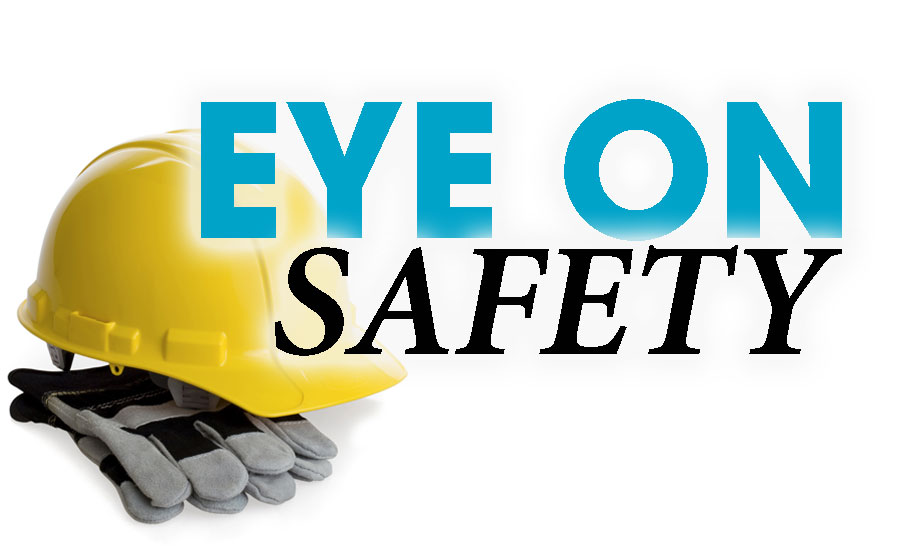Although no governing safety body has established criteria for determining world-class safety excellence, many Voluntary Protection Program Star-designated sites, as well as non-VPP Star sites all have achieved a high level of safety excellence. It takes a lot of hard work, perseverance and a total team effort.
But what exactly is world-class safety excellence and how do you know if you have achieved it? How is it measured?
There are no written rules that define the attributes for world-class safety excellence, but that are several common denominators. How many of these can you claim?
Leadership: No element is more important than company leadership demonstrating a proactive commitment to safety excellence. If the chain of safety leadership is broken at any level of the organization, no amount of effort will get an organization to its desired safety goals.
Employee engagement/empowerment: Employees must be active participants. Do they conduct safety tool-box talks or participate on the safety committee teams? Do they help develop job-safety analysis worksheets? The more engaged employees are, the more likely they are to take ownership of their personal safety and the safety of their fellow workers.
Goals and objectives: Without a plan, an organization is like a ship without a rudder. Goals and objectives allow for the development of plans for everyone in the organization to follow. They create a single sense of purpose and a common goal for everyone in the organization to strive toward.
Formal hazard identification and elimination program: Creating a venue for reporting hazards and then quickly eliminating them sends a strong signal to all employees that leadership cares about their safety and has a strong commitment to creating a safe work environment.
Feedback: A great way to determine improvement in your safety culture is to ask those impacted. Perception surveys provide immediate feedback on the execution of your strategic plan and achieving your safety goals and objectives.
Continuous improvement: Performance metrics help measure year-over-year changes. Tracking leading and lagging indicators provides objective evidence as well as identify opportunities for improvement.
Communication plan: Share successes and drive strategic initiatives by establishing town-hall meetings, creating communication boards and using various electronic methods. Something as simple as paper tents with safety tips on every lunchroom table or a daily safety snippet via the company email system will keep safety front and center with employees.
Evolving training program: No employee stays engaged watching a 45-minute safety video. Change the delivery and the content to keep interest levels and information retention high. Consider having employees conduct training to further improve their engagement, ownership and sense of empowerment.
6S program: What? We all know what 5S is (sort, set, shine, standardize and sustain), but add safety to create your 6S program. A simple safety checklist while performing the 5S inspections exponentially elevates safety awareness.
Lessons learned: Not all initiatives work. Not all goals are achieved. When you fall short, conduct a lessons-learned session to determine the root causes so the necessary corrective actions can be taken to facilitate success and avoid future mistakes.
Leverage technology: Don’t be afraid to invest in technology to create a safer working environment. Evaluating advancements in PPE or using robotics to eliminate heavy manual or ergonomically unsafe tasks pay dividends in the long run.
Benchmarking: No company has a monopoly on best practices. Participating in conferences, trade shows and professional organizations offers insight into how other organizations are overcoming their safety challenges and improving their safety culture.
The above list is not comprehensive. We all can identify additional criteria to help define “world-class.” If your facility can become proficient in these areas, you will be well on your way to achieving a safer, more engaged workplace.




